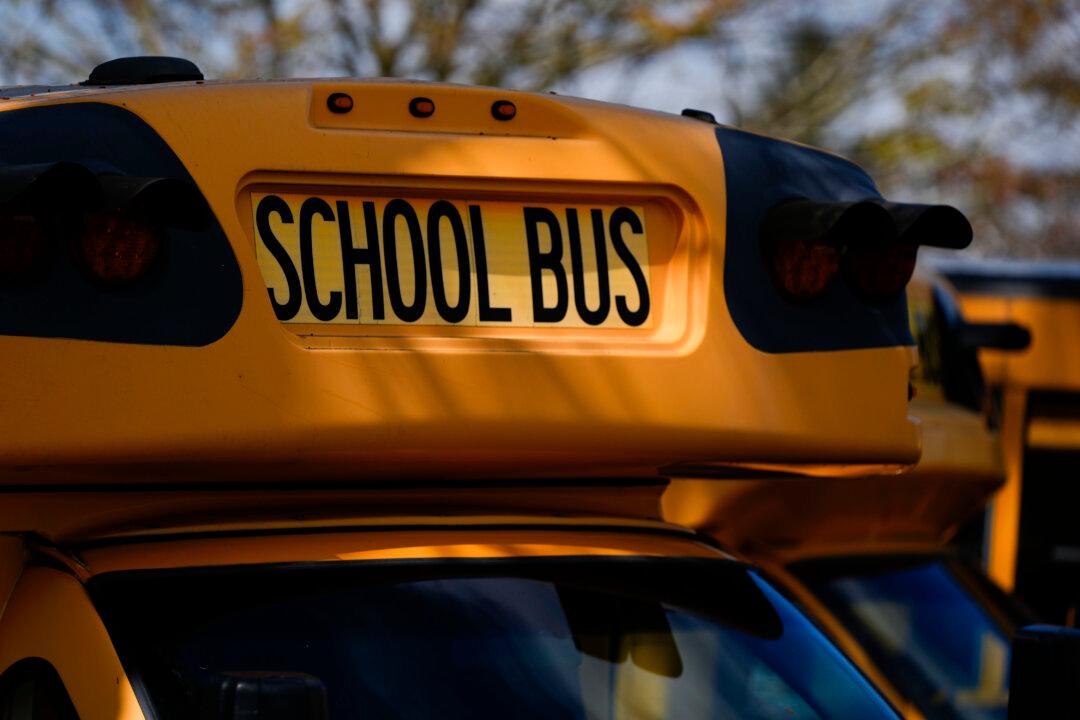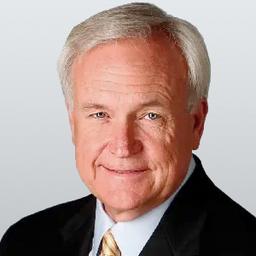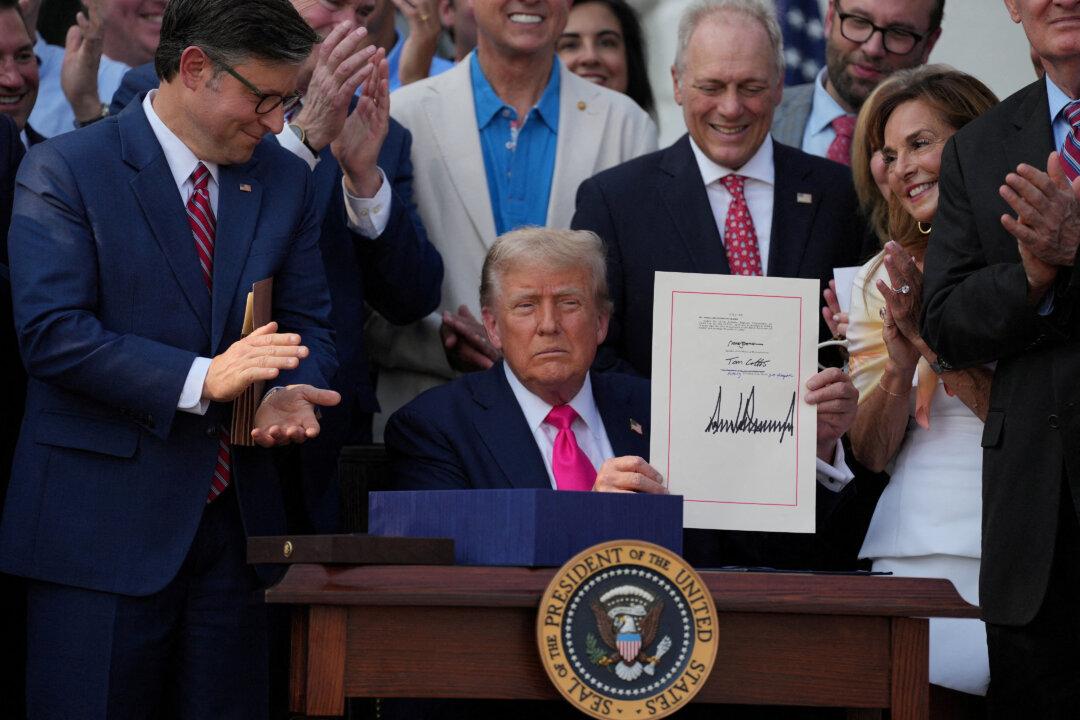Commentary
In the second half of the 20th century, enrollment in U.S. public schools nearly doubled. There was some slowdown during desegregation as enrollment in private schools surged. However, growth resumed by the early 1980s at a little less than 2 percent each year. But by the late 1990s, the growth rate began to noticeably slow, eventually falling to under 0.5 percent annually. Public school enrollment peaked in 2019 at 50.8 million.





